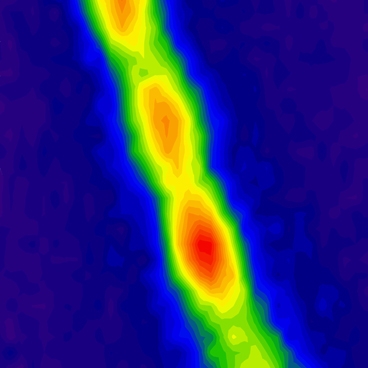 Researchers at the Massachusetts Institute of Technology have developed a way to concentrate solar energy so that each photovoltaic cell produces 100 times the power of a conventional solar panel, which could have major implications for homeowners hoping to save money while helping the environment.
Researchers at the Massachusetts Institute of Technology have developed a way to concentrate solar energy so that each photovoltaic cell produces 100 times the power of a conventional solar panel, which could have major implications for homeowners hoping to save money while helping the environment.
Using carbon nanotubes (hollow tubes of carbon atoms), MIT chemical engineers can now funnel solar energy into antennas that capture and focus light energy, potentially allowing for much smaller and more powerful solar arrays.
“Instead of having your whole roof be a photovoltaic cell, you could have little spots that were tiny photovoltaic cells, with antennas that would drive photons into them,” says Michael Strano, the Charles and Hilda Roddey Associate Professor of Chemical Engineering and leader of the research team.
The antenna consists of a thin fibrous rope (about four millionths of a meter thick), containing about 30 million carbon nanotubes.
Strano and his team have not yet built a photovoltaic device using the antenna, but they plan to. In such a device, the antenna would concentrate photons before the photovoltaic cell converts them to an electrical current. This could be done by constructing the antenna around a core of semiconducting material.
While the cost of carbon nanotubes was once prohibitive, it has been coming down in recent years as chemical companies build up their manufacturing capacity. “At some point in the near future, carbon nanotubes will likely be sold for pennies per pound, as polymers are sold,” says Strano.
Strano’s team is now working on ways to minimize the energy lost as energized electrons flow through the fiber, and on ways to generate more energy per photon. The nanotube bundles described in the Nature Materials paper lose about 13 percent of the energy they absorb, but the team is working on new antennas that would lose only 1 percent.
(Read more in MIT News)



















